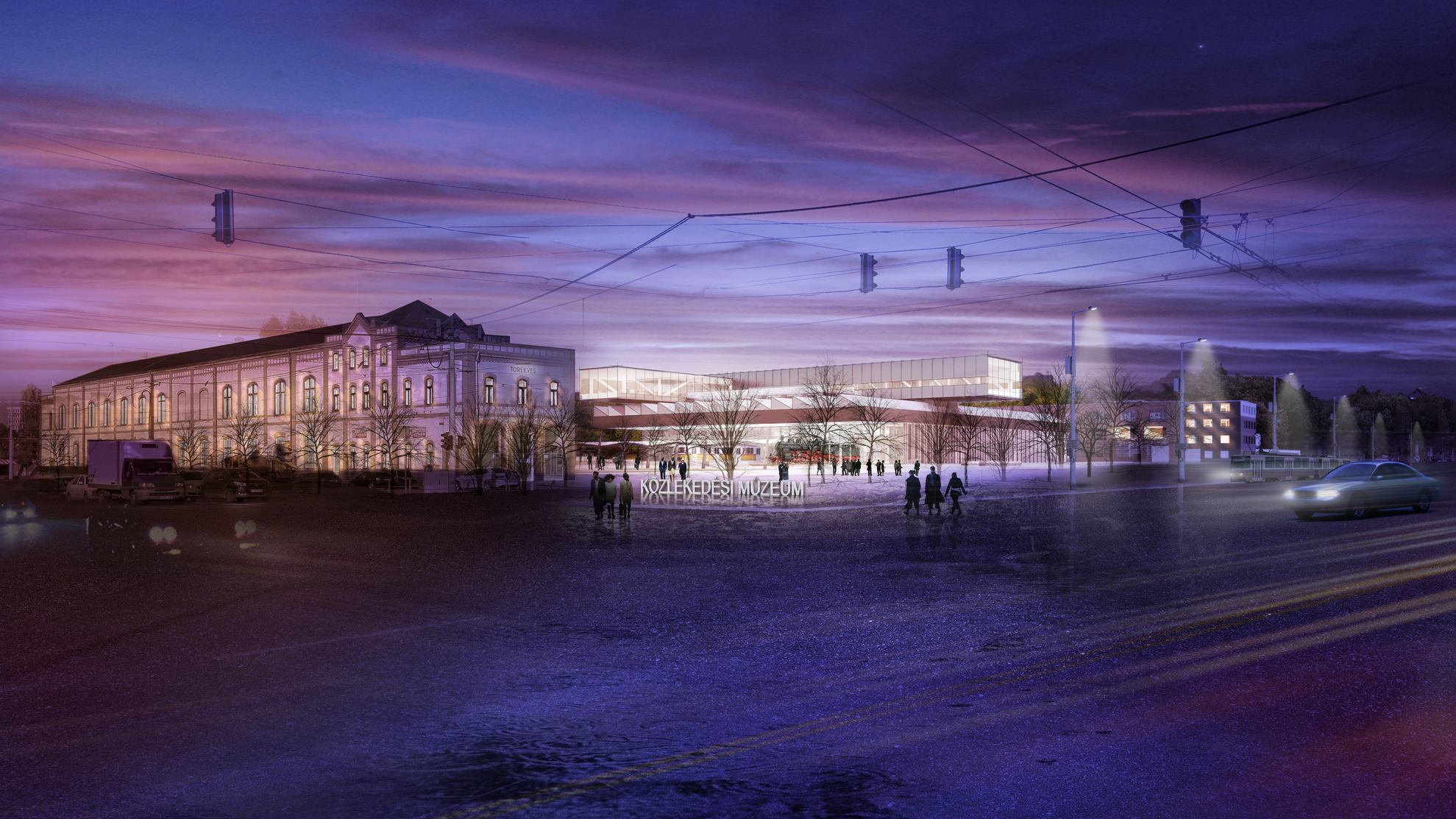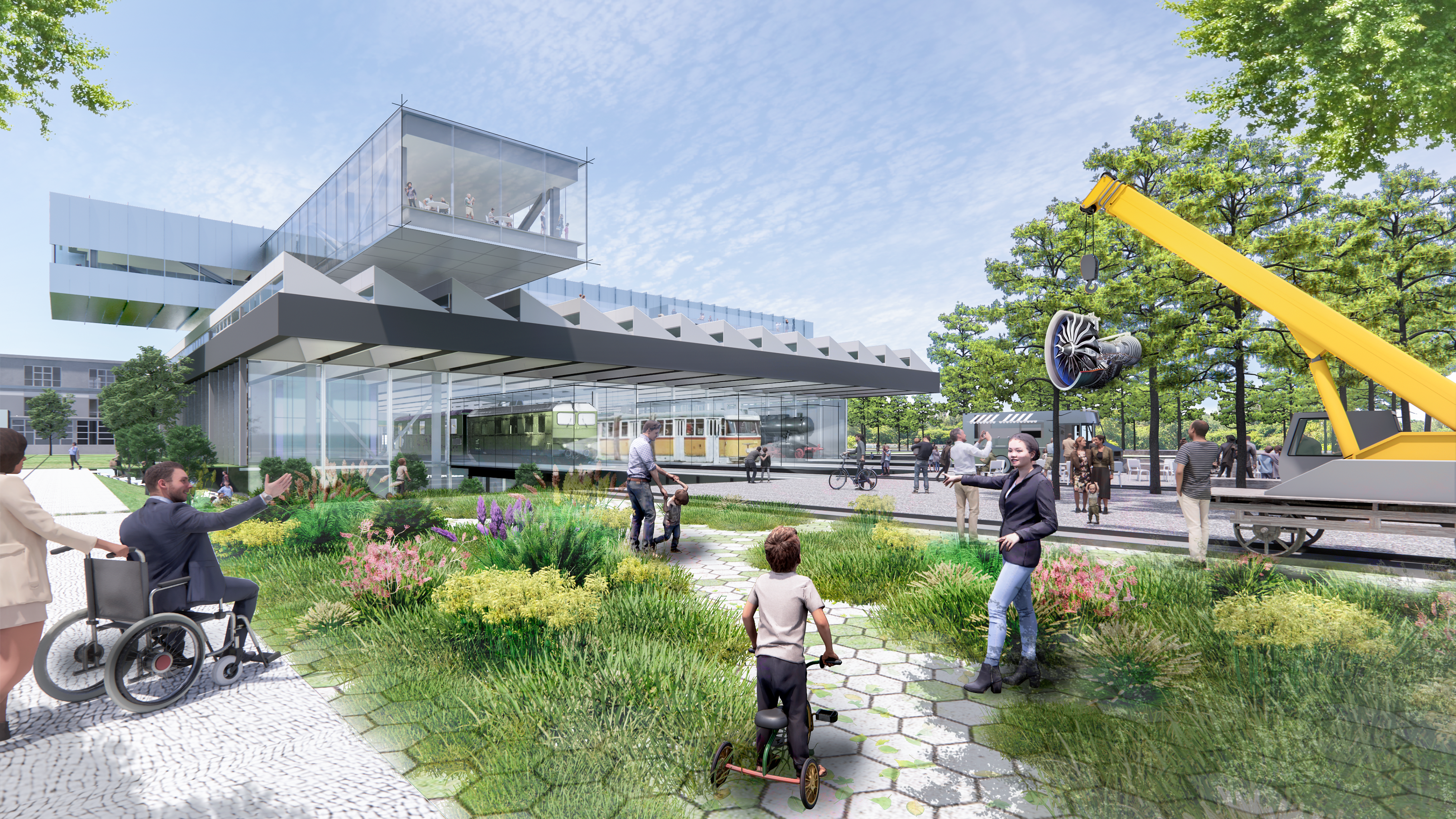The new Transport Museum has been designed by the Hungarian partners of New York-based architectural firm Diller Scofidio + Renfro, M-Teampannon, led by Ybl award-winning architect Tamás Noll, winner of the international tender. Several Hungarian engineering, architecture and landscape-architecture firms are also involved.
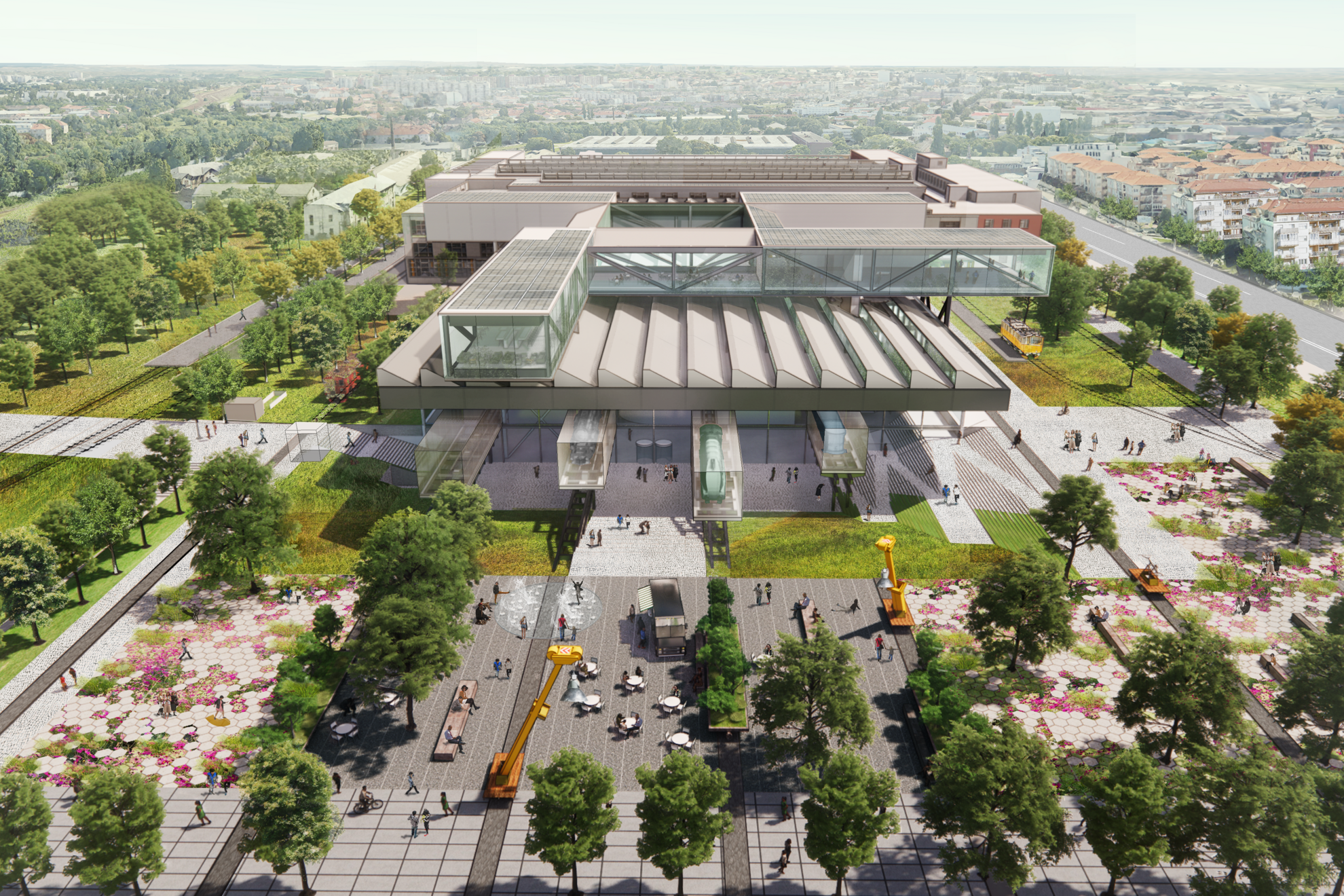
Thanks to the
project, an abandoned industrial area will be given a new function, a new
railway station will be built behind the museum and quality green areas will be
created, which can help redevelop of the whole of the Kőbánya and Józsefváros districts.
The goal is to create a high-quality, family-friendly cultural quarter that is
exciting and valuable in an international context, as well as being popular with the
Hungarian public.
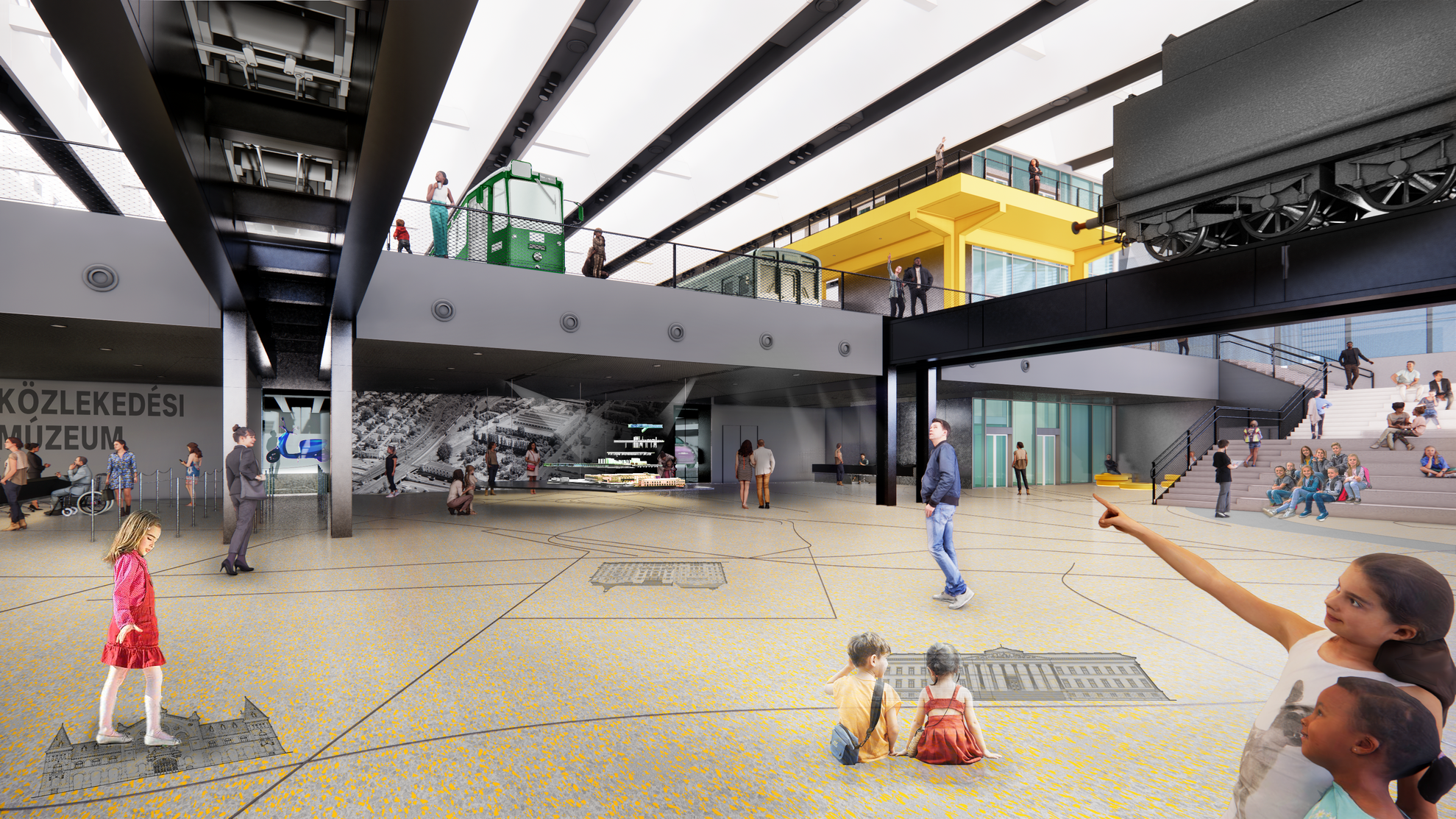
industrial monument
“Now comes the next, final phase of planning: the preparation of construction plans, without which the restoration of such an industrial monument cannot be entrusted to any business, as every detail has significance in what the end result will be. This work will run until the beginning of 2023, after which a tender can be issued for the construction of the new Transport Museum – demolition and remediation works can start in the area before that,” says Dávid Vitézy, Director General of the Transport Museum.
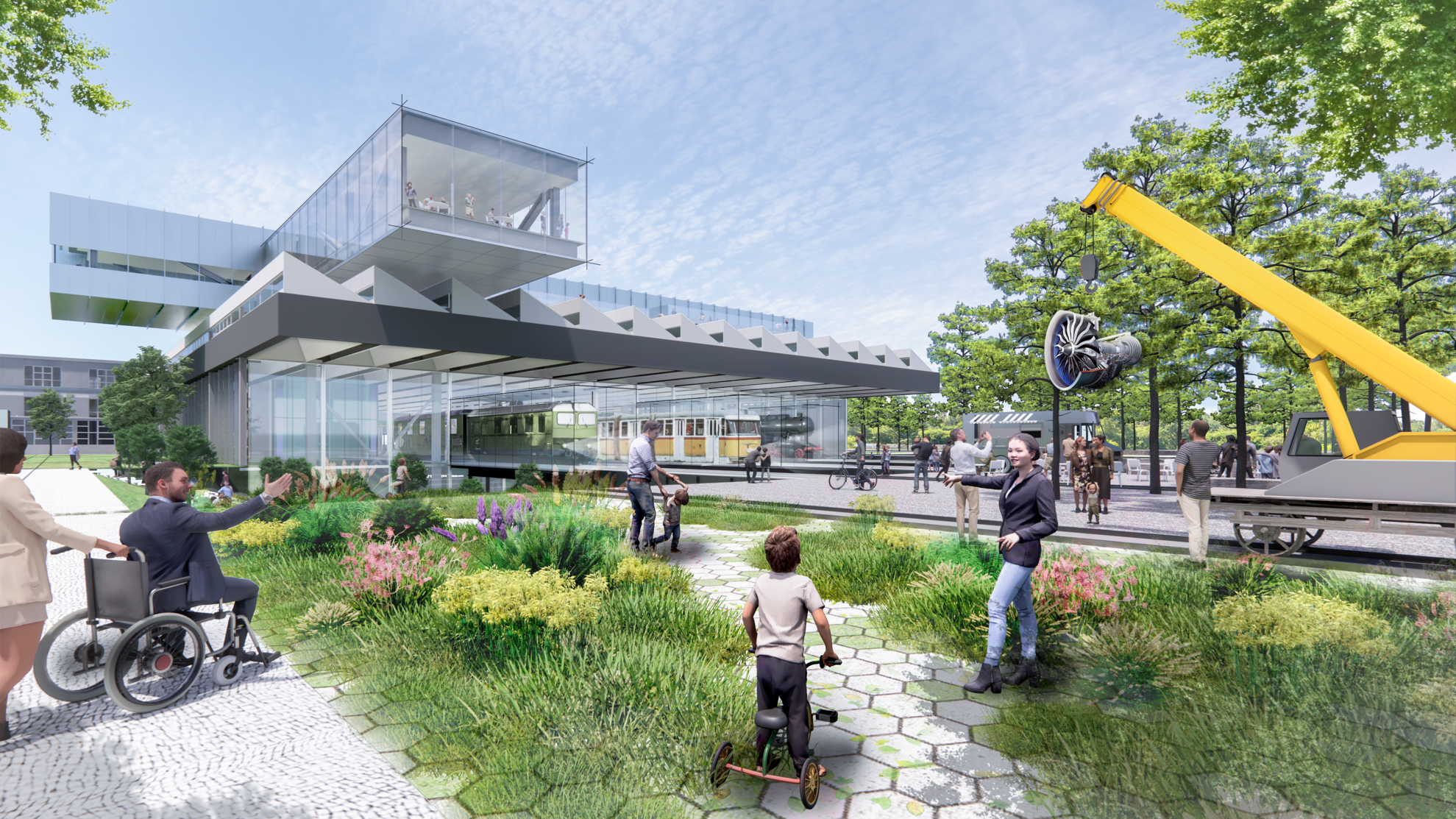
The new Transport Museum in detail
• Rehabilitation
of one of Hungary’s most important industrial heritage sites, with the
renovation of the Diesel Hall after the opening of former Eiffel Workshop Hall of the
Northern Vehicle Repair Centre.
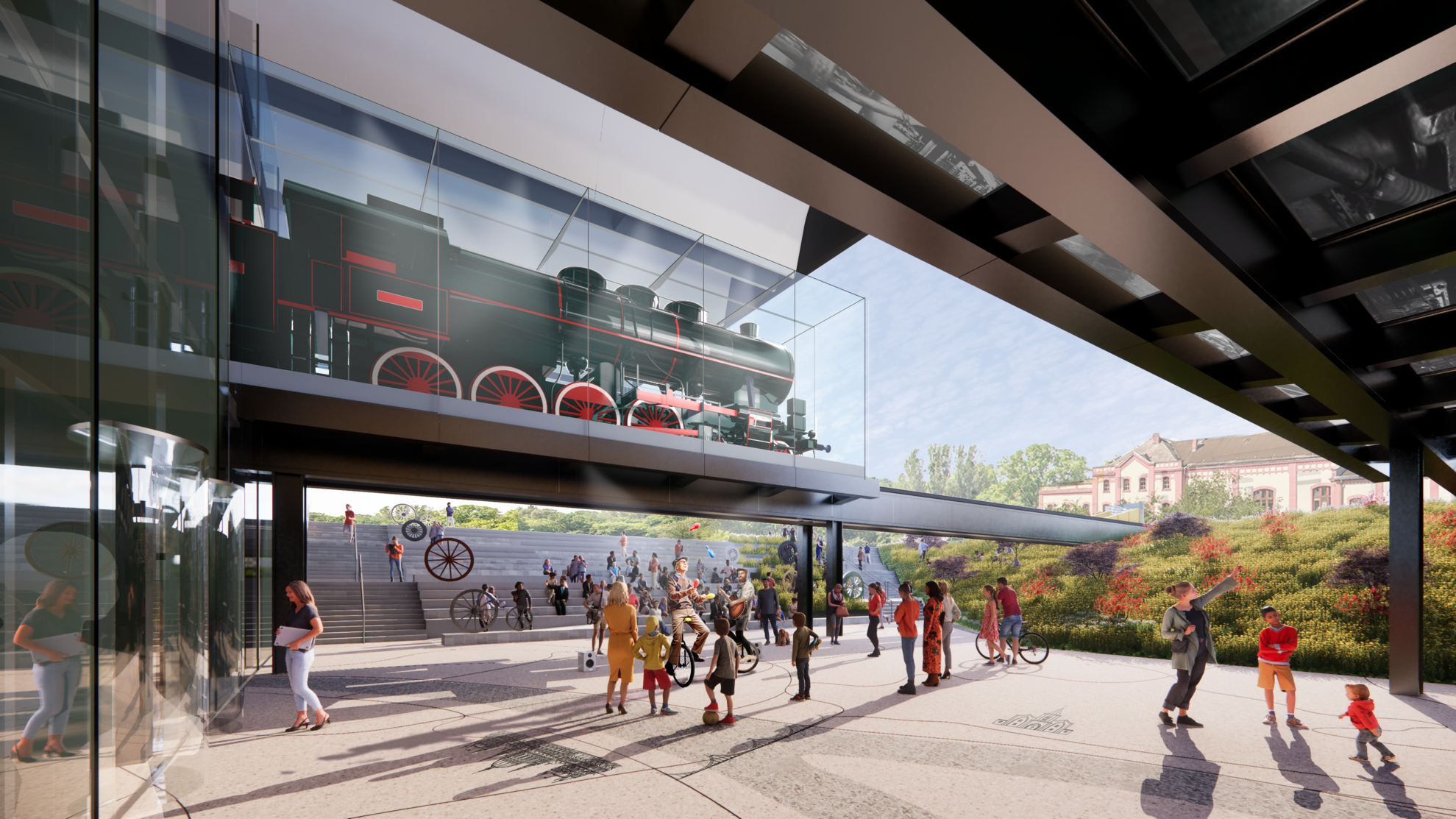
• The Diesel Hall will house the largest contiguous exhibition space in the new Transport Museum, with 120 unique rail, road and public-transport vehicles and thousands of other artefacts. Part of the venue housed a temporary exhibition last summer, so visitors could already experience the huge size and special atmosphere – this exhibition is set to reopen this summer.
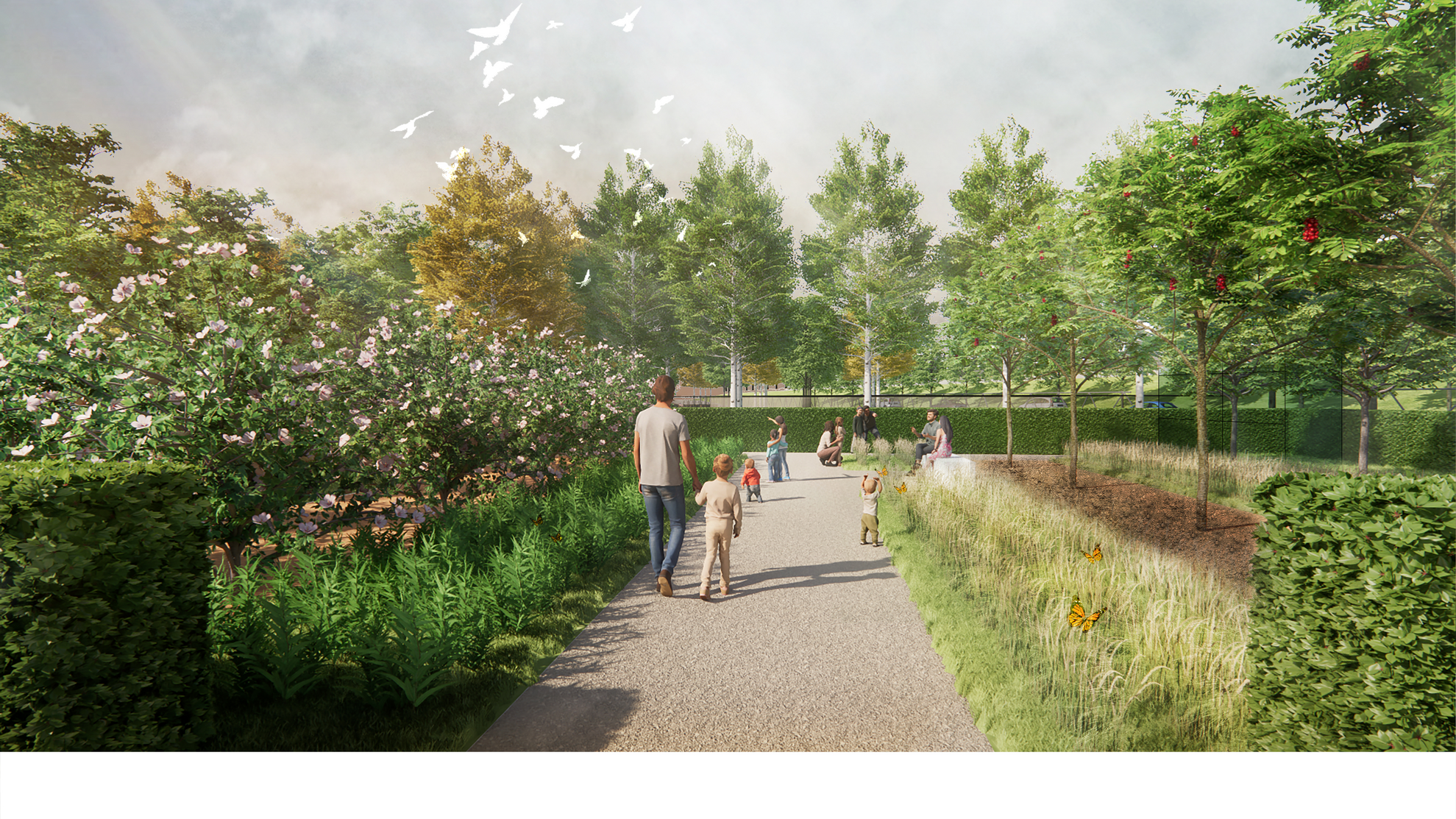
• The new Transport Museum will have a permanent exhibition twice as large as before, with curated collection development and restoration work taking place on an ongoing basis.
• The Diesel Hall will be expanded as a part of the contemporary complex with a glass façade, which can also be seen in the visual plans, in which the exhibition space will continue. The entrance to the museum will be on the corner of Kőbányai út and Könyves Kálmán körút, accessed by trams 1 and 28, bus 9 and the Transport Museum train station yet to be built.
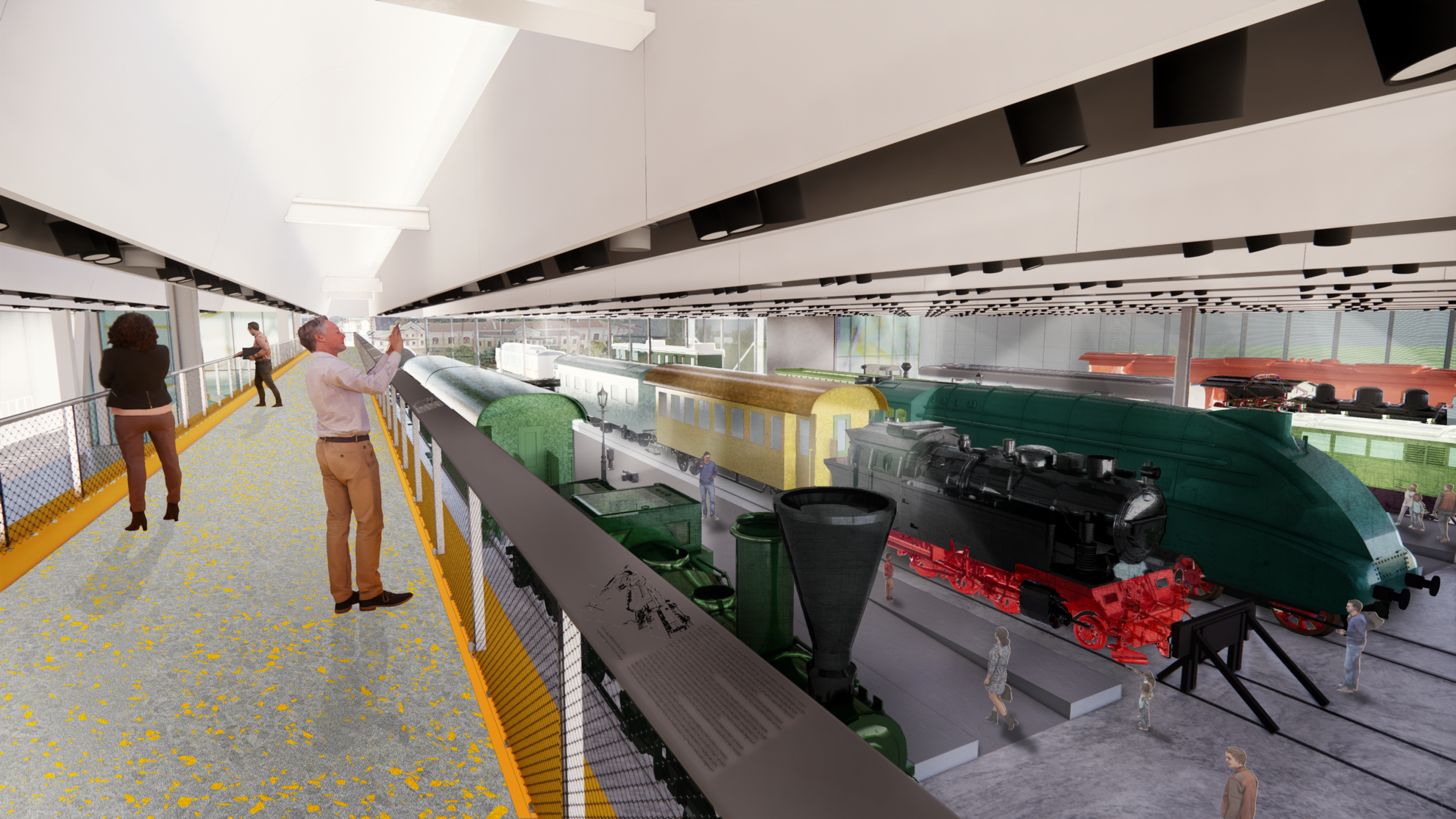
• The listed main building overlooking Kőbányai út and the entire brick façade will be renovated. The museum's internationally significant archive, library and research units will be housed here, along with modern restoration workshops specialising in technical and transport vehicles.
